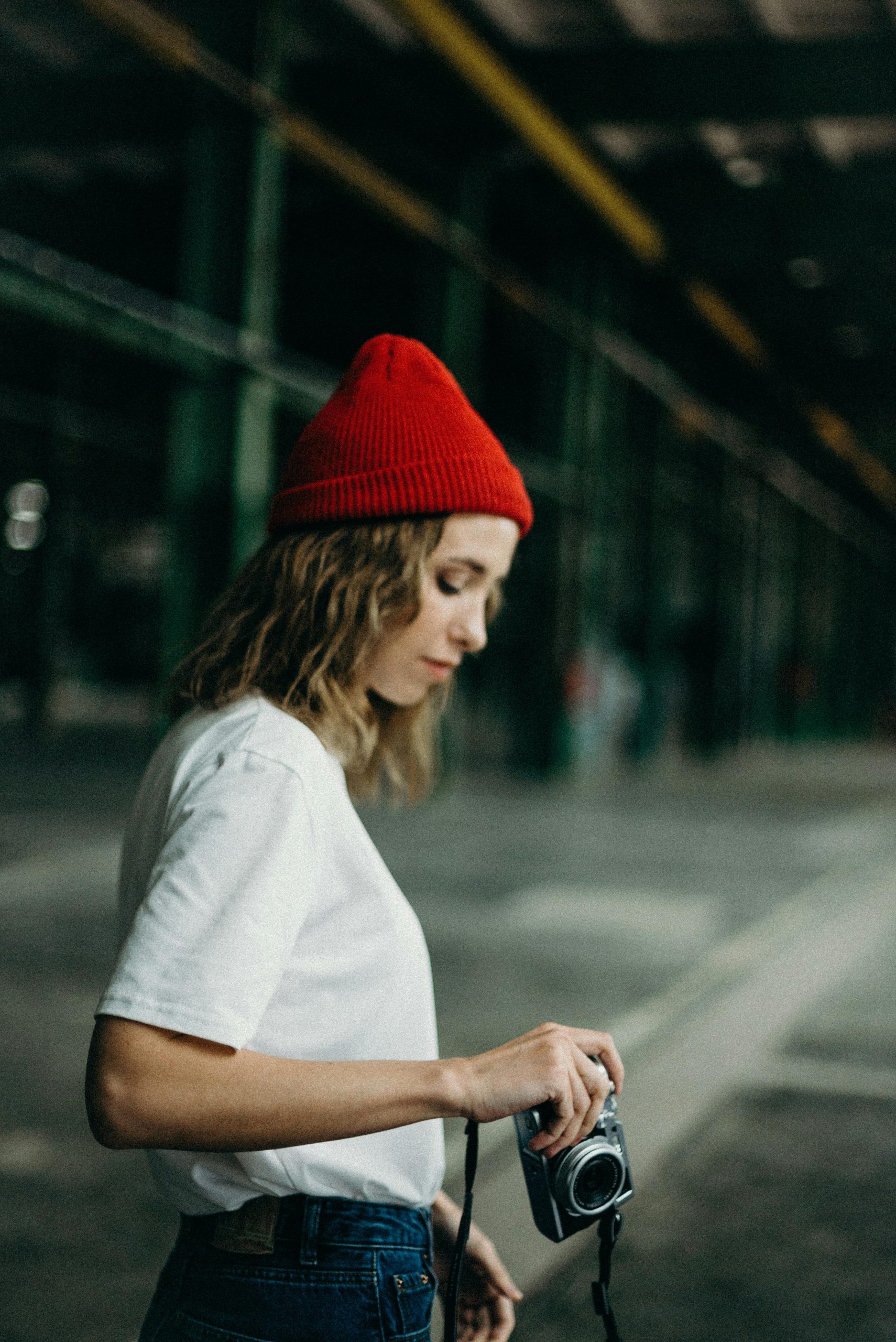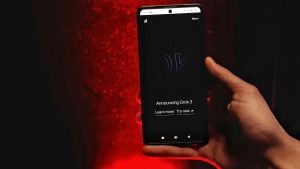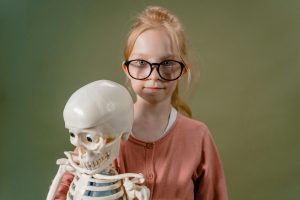How to detect size variants of visually identical products using a camera?
Detecting Size Variants of Visually Similar Products with Computer Vision: A Practical Approach
In the realm of retail automation and inventory management, accurately identifying products using visual data is an ongoing challenge, especially when products look nearly identical but differ in size. For instance, distinguishing a 500ml soda bottle from a 1.25L variant solely through camera input can be complex. This issue often arises in projects involving real-time grocery item recognition and classification.
The core difficulty lies in differentiating between objects that share almost identical packaging designs, shapes, and labels, with the only variation being their dimensions. Relying solely on traditional metrics like weight sensors or physical markers isn’t feasible, nor is extracting size information through optical character recognition (OCR), since size labels might not always be visible from every angle.
Common Approaches and Their Limitations
-
Bounding Box Size Analysis: Adjusting for distance or perspective distortions often leads to unreliable results, as the apparent size in an image varies with the camera’s proximity.
-
Training Separate Models or Classes for Each Size: While this can improve accuracy, it demands extensive labeled data and may still fall short due to perspective distortions and lack of depth information.
Potential Strategies and Recommendations
-
Multi-View Data Collection: Capture multiple angles of the product to better understand its true dimensions, then employ 3D reconstruction or depth estimation techniques.
-
Incorporate Depth Sensing: Use cameras capable of generating depth maps (such as stereo cameras or LIDAR) to measure the actual size of objects regardless of distance from the camera.
-
Advanced Perception Models: Leverage models trained on diverse datasets that include size variations, combined with contextual clues such as typical placement or surrounding items.
-
Hybrid Methods: Combine visual cues with contextual information—like typical shelf placement—to improve size estimation.
-
Object Segmentation and Size Estimation: Use segmentation models to isolate the product more precisely before estimating its physical dimensions based on known camera parameters.
Implementation Insights
For projects utilizing YOLO (You Only Look Once) models, like the one in the initial scenario, it’s crucial to augment your dataset with varied images that include different distances, angles, and sizes. Data augmentation techniques can simulate these variations, helping the model generalize better.
Additionally, integrating depth data or employing size reference objects within the camera’s field of view can facilitate more accurate size differentiation.
Final Thoughts
While recognizing visually identical products














Post Comment